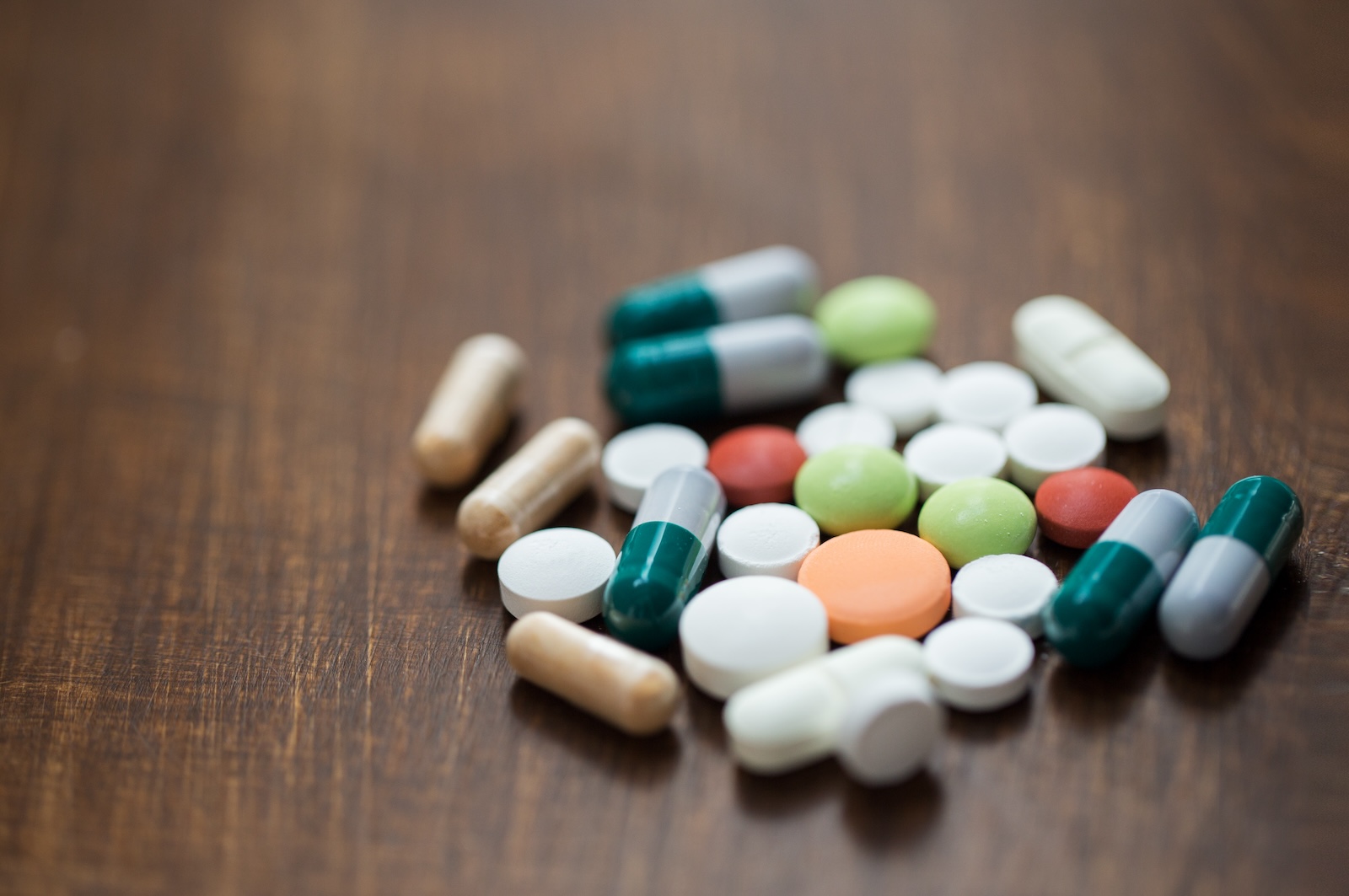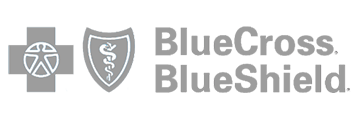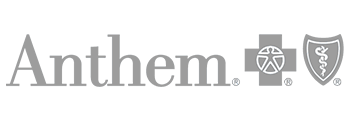Drugs
Drug Classifications: Categories and Schedules
Medically Reviewed By
Written By
Last medically reviewed April 14, 2025
Drugs
Medically Reviewed By
Written By
Last medically reviewed April 14, 2025
Drugs are classified in many different ways. In fact, there are hundreds of drug classifications. The most commonly referred to are listed in the American Hospital Formulary System (AHFS) and the U.S. Food and Drug Administration (FDA) drug class schedule.[1][2] Publications and medical facilities often refer to AHFS as well as The Physician’s Desk Reference for general purposes.[3][4]
Additionally, they can be classed as:
Some drugs are also listed in the federal drug schedule, which ranks them into five categories based on their benefits compared to their potential for abuse and misuse.[5]
Drugs are grouped into pharmacologic classes based on their mechanism of action (MOA), physiologic effect (PE), and chemical structure (CS).[6]
Standard pharmacological drug classes based on MOA include:[1]

Drugs are also divided into classes based on their chemical makeup.
Examples of drugs classed by chemical makeup include:[7]
Alcohol is the most used and abused worldwide, and it is highly addictive. According to the National Institute on Drug Abuse, alcohol use disorder is the most common type of substance use disorder in the United States.[8] Substances in this class include beer, wine, and whisky. These substances work as central nervous system depressants, causing the user to feel relaxed and euphoric.[9] They also seriously impair a person’s judgment and reaction times.
Barbiturates treat people with psychiatric disorders and sleep disorders.[10] Like alcohol, these substances slow down the nervous system, causing the user to have delayed reactions and impaired motor skills.[10] Substances in this class derive from the chemical barbituric acid and include luminal, phenobarbital, and amytal.[10]
Medications in this class work on GABA-A receptors in the brain.[11] They are commonly prescribed to treat individuals with sleep disorders or psychiatric conditions like post-traumatic stress disorder or panic disorder. They include Ativan, Valium, and Xanax. Although benzodiazepines are helpful, they are also very commonly abused and highly addictive.[12]
Opioids, also called opiates, derive from opium or synthetic chemicals used to mimic its structure.[13] They mainly work by activating opioid receptors tied to pleasure and pain, leading to a surge of dopamine, the feel-good hormone.[13] Although they are prescribed to treat severe pain, they are very addictive. Unfortunately, many people abuse non-prescribed opioids for their euphoric effects.[13]
Well-known opioids include heroin, fentanyl, and oxycodone.[14]
Cannabinoids resemble tetrahydrocannabinol (THC), the compound in marijuana that creates intense euphoria.[15] While many people use cannabinoids for this reason, they also experience side effects like poor memory and slowed reactions.[16] Drugs in this class are heavily abused due to their accessibility and a lower potential for a deadly overdose. Hashish, as well as marijuana, are considered cannabinoids.
Another way to classify drugs is based on their psychological effects. Though there are many classes, these are the most common.
The U.S. Drug Enforcement Administration classifies illegal and prescription drugs, substances, and chemicals into five categories based on their potential for abuse and medical use. [5] Schedule I drugs are the least helpful, while Schedule V drugs are the most beneficial and less addictive.
These categories (schedules) include:[5]
If your doctor prescribes an addictive medication, it indicates that they believe the benefits outweigh the risks. They will usually start you on a low dose, which is gradually increased as needed. To prevent withdrawal, they may also have you follow a tapering schedule, reducing the risk of misuse and addiction over time.
Yes. Some medications work well together and may enhance the efficacy of one another. However, others may interact poorly, causing uncomfortable and, sometimes, life-threatening effects.
Physicians may prescribe medications listed in a controlled schedule because they have concluded that the benefits outweigh the risks.
Yes. All drugs carry a maximum dosage for effectiveness. Anything above this may not be practical and could be toxic.
[1] National Library of Medicine. (n.d.)Appendix E: Drug Classes and Drug Index. Retrieved from https://www.ncbi.nlm.nih.gov/books/NBK225688/ on 2025 13 Feb.
[2] U.S. Food and Drug Administration (FDA). (2024 Nov 08) Information by Drug Class. Retrieved from https://www.fda.gov/drugs/drug-safety-and-availability/information-drug-class on 2025 Feb 12.
[3] ASHP. (n.d.) AHFS Pharmacologic-Therapeutic Classification System. Retrieved from https://www.ashp.org/products-and-services/ashp-licensing/ahfs-therapeutic-classification?loginreturnUrl=SSOCheckOnly on 2025 Feb 12.
[4] Drugs.com. (n.d.) PDR Consumer Drug Information. Retrieved from https://www.drugs.com/pdr/ on 2025 Feb 12.
[5] U.S. Drug Enforcement Administration (DEA). (n.d.) Drug Scheduling. Retrieved from https://www.dea.gov/drug-information/drug-scheduling on 2025 Feb 12.
[6] U.S Food and Drug Administration. (2023 May 22) Pharmacological Class. Retrieved from https://www.fda.gov/industry/structured-product-labeling-resources/pharmacologic-class on 2025 Feb 12.
[7] National Institute on Drug Abuse. (2023 Sep 19) Commonly Used Drug Charts. Retrieved from https://nida.nih.gov/research-topics/commonly-used-drugs-charts on 2025 Feb 12.
[8] National Institute on Drug Abuse. (n.d.) Alcohol. Retrieved from https://nida.nih.gov/research-topics/alcohol on 2025 Feb 12.
[9] Medline Plus. (n.d.) Alcohol. Retrieved from https://medlineplus.gov/alcohol.html on 2025 Feb 12.
[10] Stat Pearls. (2024 Jan 29) Barbituates. Retrieved from https://www.ncbi.nlm.nih.gov/books/NBK539731 on 2025 Feb 12.
[11] Stat Pearls. (2024 Jan 30) Benzodiazepines. Retrieved from https://www.ncbi.nlm.nih.gov/books/NBK470159/ on 2025 Feb 12.
[12] United States Drug Enforcement Administration. (n.d.) Barbituates. Retrieved from https://www.dea.gov/factsheets/barbiturates on 2025 Feb 12.
[13] National Institute on Drug Abuse. (2021 June) Prescription Opioids: Drug Facts. Retrieved from https://nida.nih.gov/publications/drugfacts/prescription-opioids on 2025 Feb 12.
[14] CT.gov. (n.d.) Abuse of Opioids. Retrieved from https://portal.ct.gov/dcp/drug-control-division/drug-control/abuse-of-opioids?language=en_US on 2025 Feb 12.
[15] National Center for Complementary and Integrative Health. (2025 13 Feb) Cannabis (Marijuana) and Cannabioids: What You Need to Know. Retrieved from https://www.nccih.nih.gov/health/cannabis-marijuana-and-cannabinoids-what-you-need-to-know on 2025 Feb 12.
[16] Harvard Health Publishing. (2021 Nov 16) The Effects of Marijuana on Your Memory. Retrieved from https://www.health.harvard.edu/mind-and-mood/the-effects-of-marijuana-on-your-memory on 2025 Feb 13.
[17] U.S. Drug Enforcement Administration. (2025 Jan 21) Drug Fact Sheet. Retrieved from https://www.dea.gov/taxonomy/term/316on 2025 Feb 13.
[18] U.S. Drug Enforcement Administration. (2020 Apr) Drug Fact Sheet: Stimulants. Retrieved from https://www.dea.gov/sites/default/files/2020-06/Stimulants-2020.pdf on 2025 Feb 13.
[19] U.S. Drug Enforcement Administration. (n.d.) Hallucinogens. Retrieved from https://www.dea.gov/factsheets/hallucinogens on 2025 Feb 13.
[20] National Institute on Drug Abuse. (2023 Apr) Psychedelic and Dissociative Drugs. Retrieved from https://nida.nih.gov/research-topics/psychedelic-dissociative-drugs on 2025 Feb 13.
[21] National Institute on Drug Abuse. (2024 Sep) Inhalants. Retrieved from https://nida.nih.gov/research-topics/inhalants on 2025 Feb 13.






